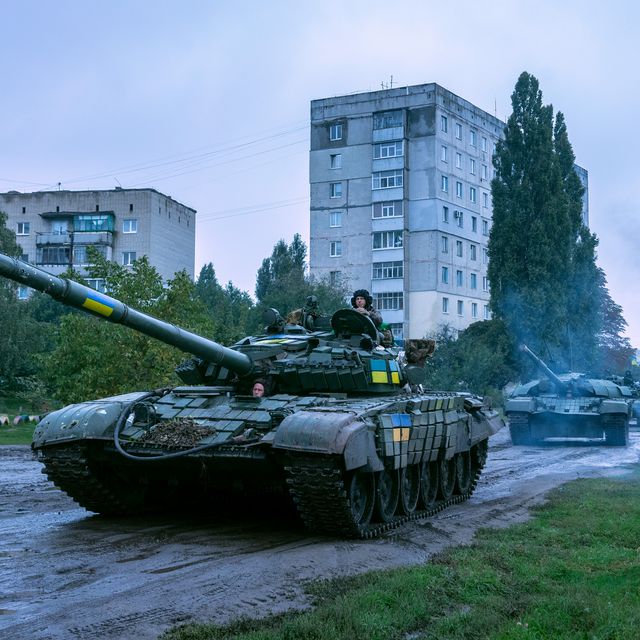Simone McCarthy and Nectar Gan
It was a crowning moment for Xi Jinping when he stepped onto a red-carpet stage on Sunday to begin his norm-shattering third term as China’s supreme leader.
Xi, 69, has emerged from the ruling Communist Party’s five-yearly congress with more power than ever, stacking his party’s top tiers with longtime proteges and staunch allies.
That loyal inner circle has not only strengthened Xi’s hold on power – but also tightened his grip over China’s future. To an extent unseen in decades, the country’s trajectory is shaped by the vision and ambition of one man, with minimal room for discord or recalibration at the party’s apex of power.
In the eyes of Xi, China is closer than ever to achieving its dream of “national rejuvenation” and reclaiming its rightful place in the world. But the path ahead is also beset with “high winds, choppy waters, or even dangerous storms” – a dark warning Xi made at both the start and the end of the week-long congress.





